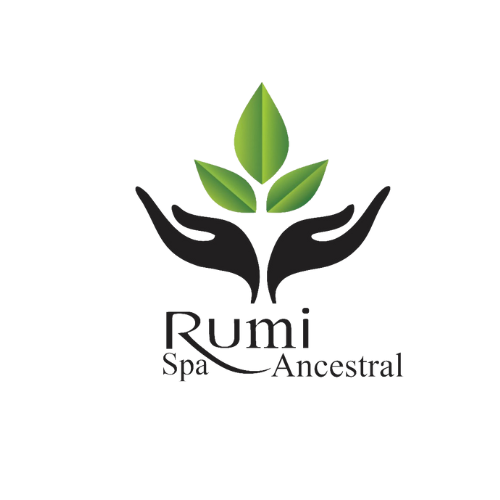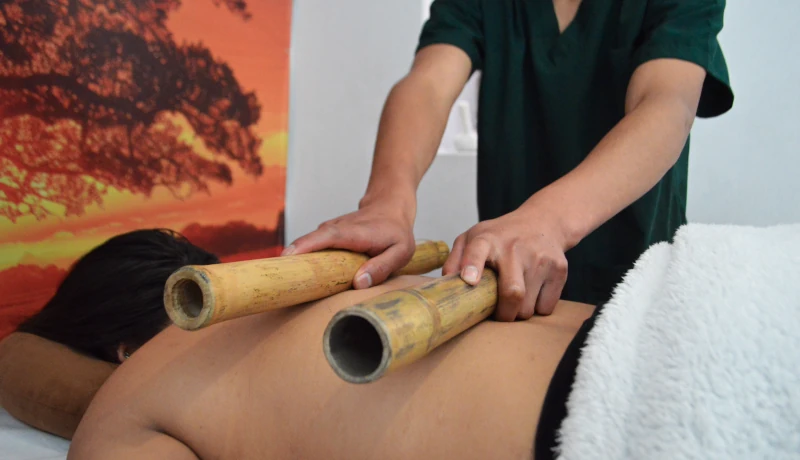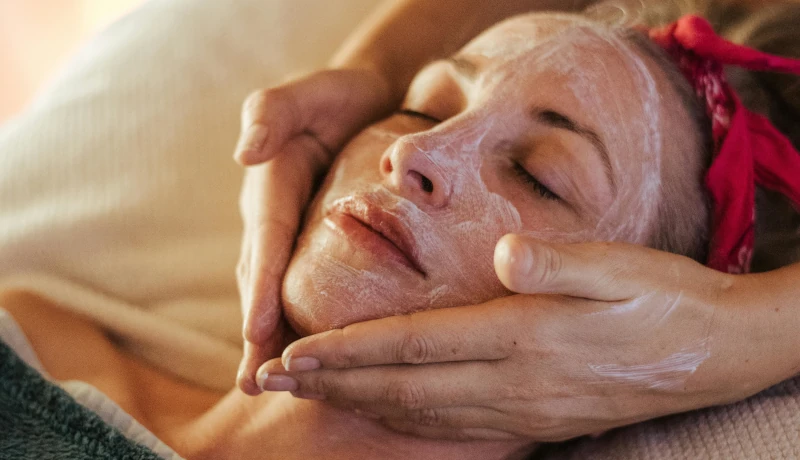Indulging in the therapeutic embrace of chocolate might initially appear as a whimsical indulgence rather than a bona fide therapeutic technique. However, chocolate therapy, particularly in the form of a chocolate massage, is gaining traction as an efficacious method for relaxation and wellness. Embracing the sensory experience of chocolate, this therapy offers a unique intersection between indulgence and health.

The Science Behind Chocolate Therapy
Chocolate therapy employs the use of cocoa-based products, which are rich in antioxidants and nutrients beneficial to the skin and body. The primary component, cocoa, contains high levels of flavonoids that are known for their anti-inflammatory and antioxidant properties. These compounds aid in the reduction of stress-induced inflammation in the body, promoting a state of relaxation. According to recent studies, the topical application of cocoa can enhance skin hydration, improve circulation, and contribute to an overall sense of well-being.

Understanding Chocolate Massage Therapy
Chocolate massage therapy is not merely a sensory delight but a confluence of therapeutic and physiological benefits. The method typically involves the application of warmed cocoa oils or chocolate-based creams onto the skin, accompanied by a sequence of massage techniques. This combination facilitates the absorption of cocoa’s beneficial compounds, while the massage movements enhance lymphatic drainage and promote muscle relaxation.
The Rumi Spa Cusco is renowned for its chocolate therapy massages, integrating local ingredients with traditional massage practices to yield an unparalleled relaxation experience. This approach exemplifies how regional adaptations of chocolate therapy can augment its efficacy and appeal.

Benefits of Chocolate Therapy Massage
Chocolate Massage Benidits extend beyond sheer relaxation. As a result of its antioxidant properties, chocolate therapy can improve skin texture, combat free radicals, and contribute to the maintenance of youthful skin. Furthermore, the olfactory stimulation from the chocolate aroma has been observed to trigger the release of serotonin, a neurotransmitter associated with mood elevation and stress reduction.
In addition to physiological advantages, chocolate massage therapy provides psychological relief, serving as an effective intervention for stress management. The sensory engagement and tactile stimulation inherent in the therapy can reduce anxiety and foster a tranquil mental state, making it a valuable tool for mental health professionals seeking complementary treatments for their clients.
Conclusion
Chocolate therapy, while a novel concept, underscores the potential of alternative therapeutic techniques in modern wellness practices. The integration of chocolate massage therapy into routine wellness regimens can offer a holistic approach to relaxation and health maintenance. As research continues to unravel the complexities of cocoa’s therapeutic potential, the prospect of chocolate therapy as a mainstream wellness practice remains promising.
For physical therapists seeking innovative ways to enhance patient care, chocolate therapy massage presents a compelling option that bridges indulgence with therapeutic efficacy. As always, it is prudent to consider individual patient needs and preferences when integrating such therapies into treatment plans.




